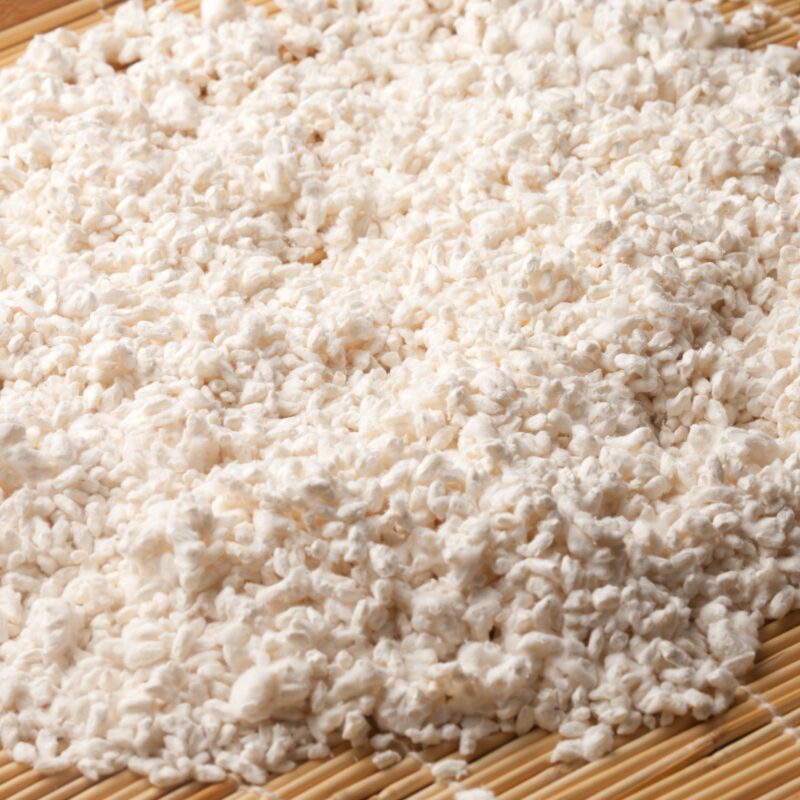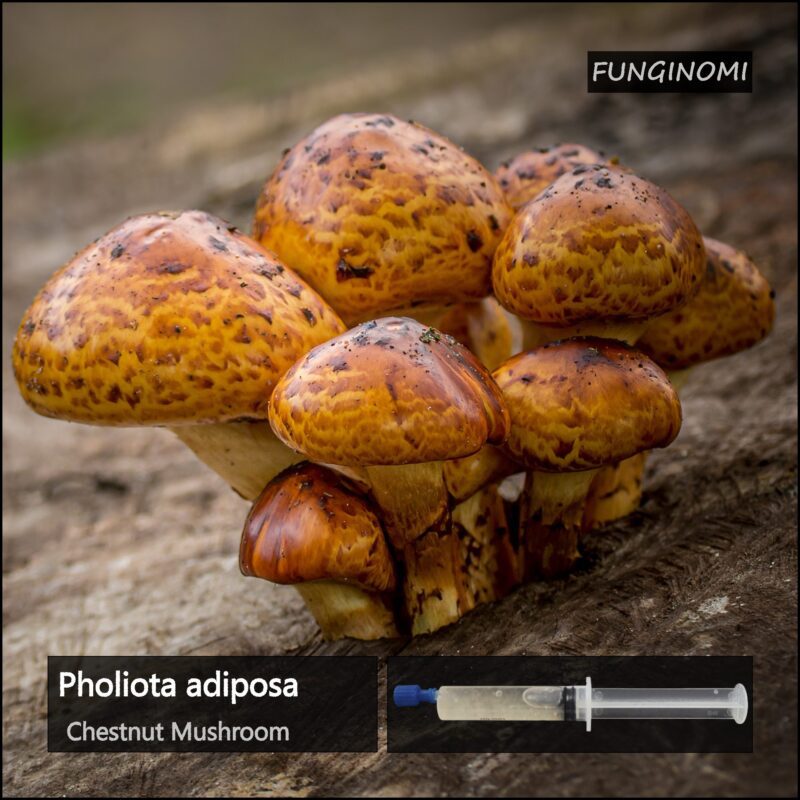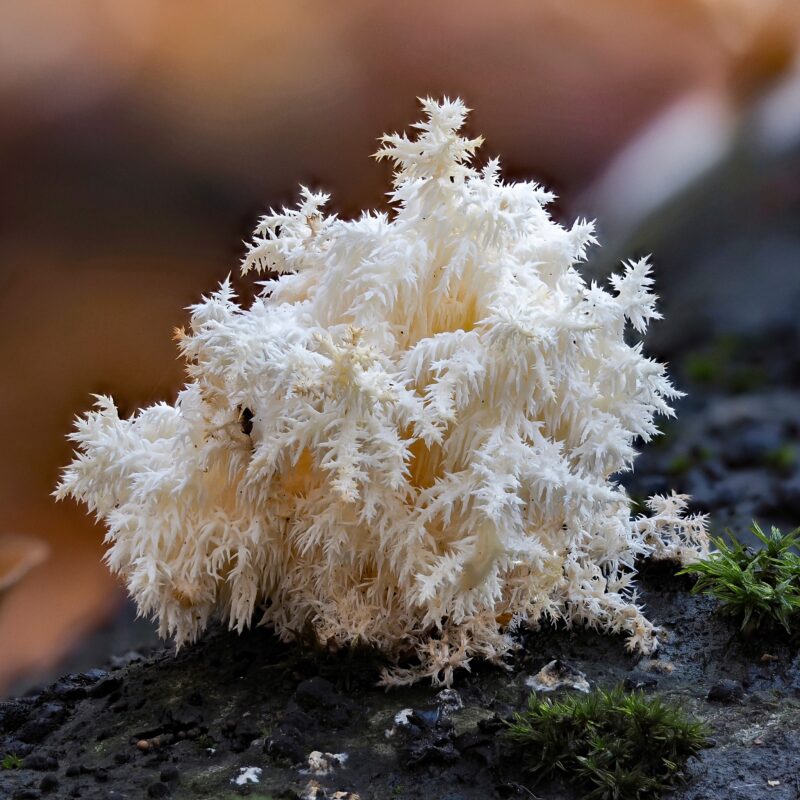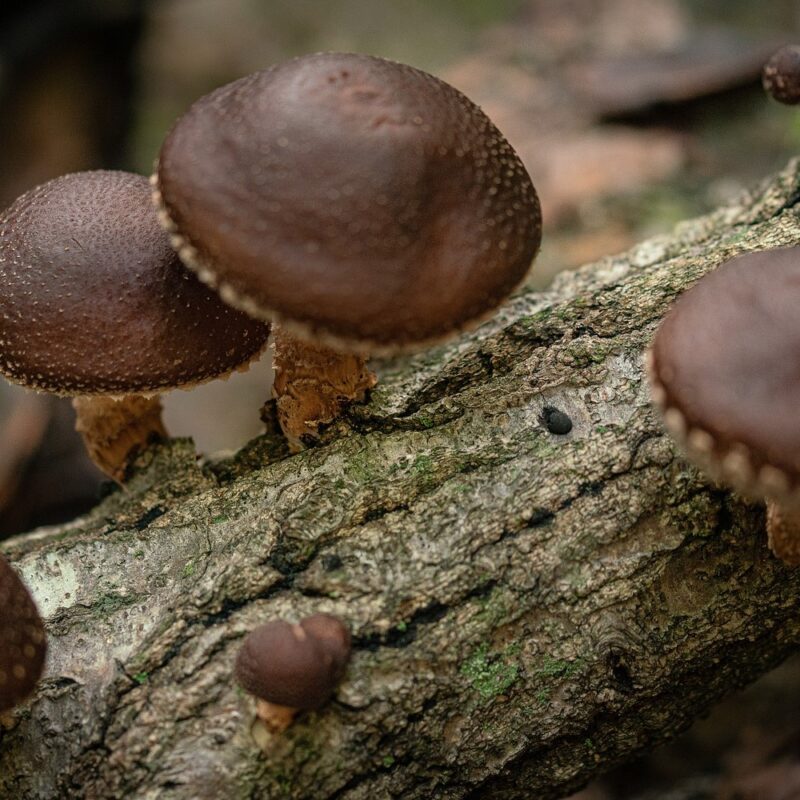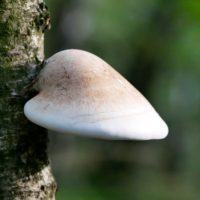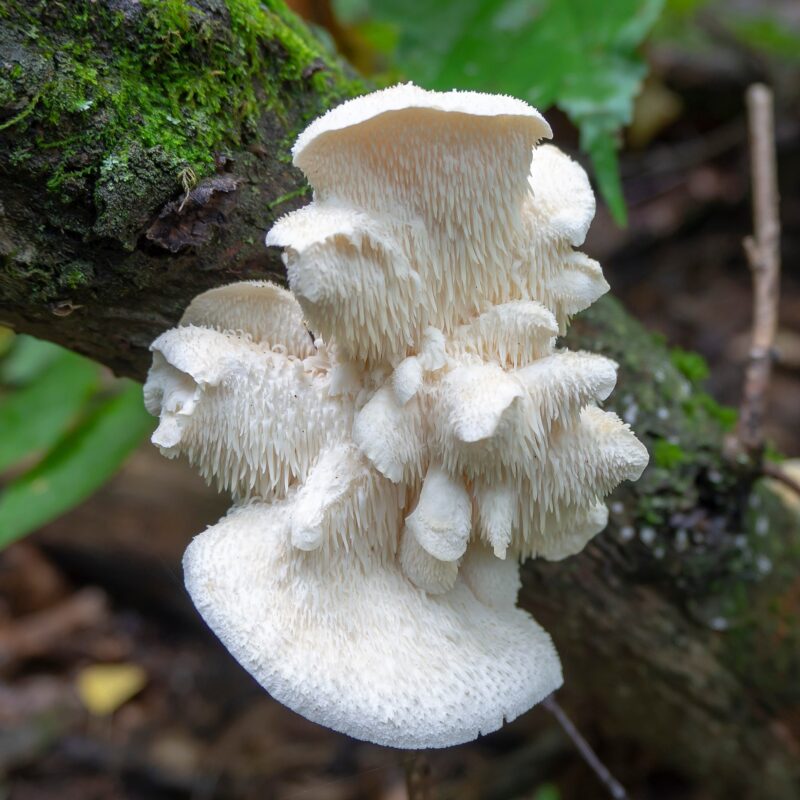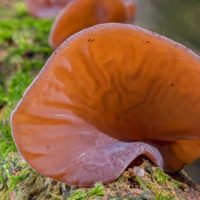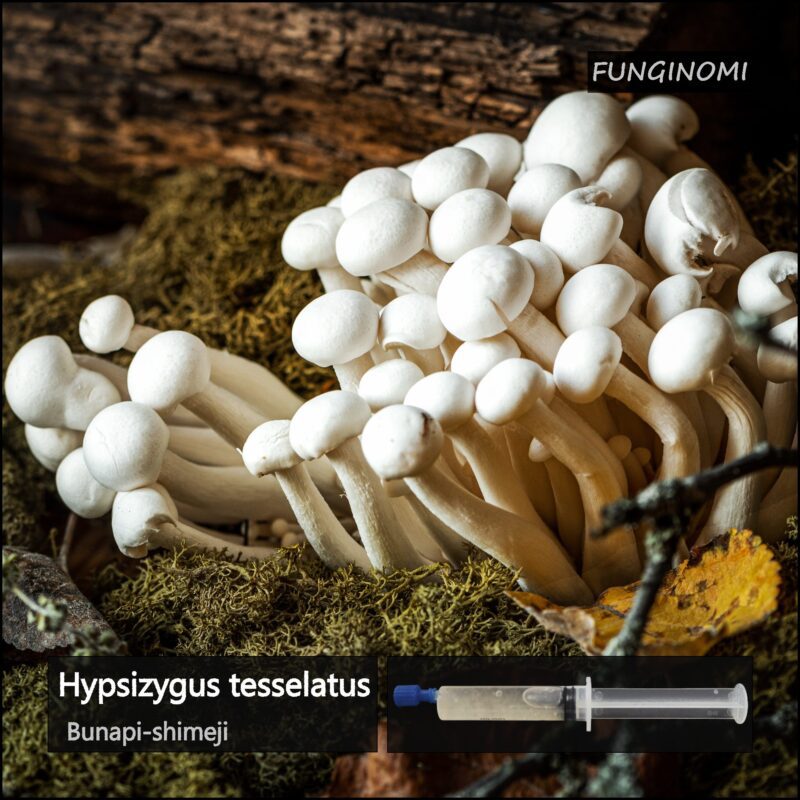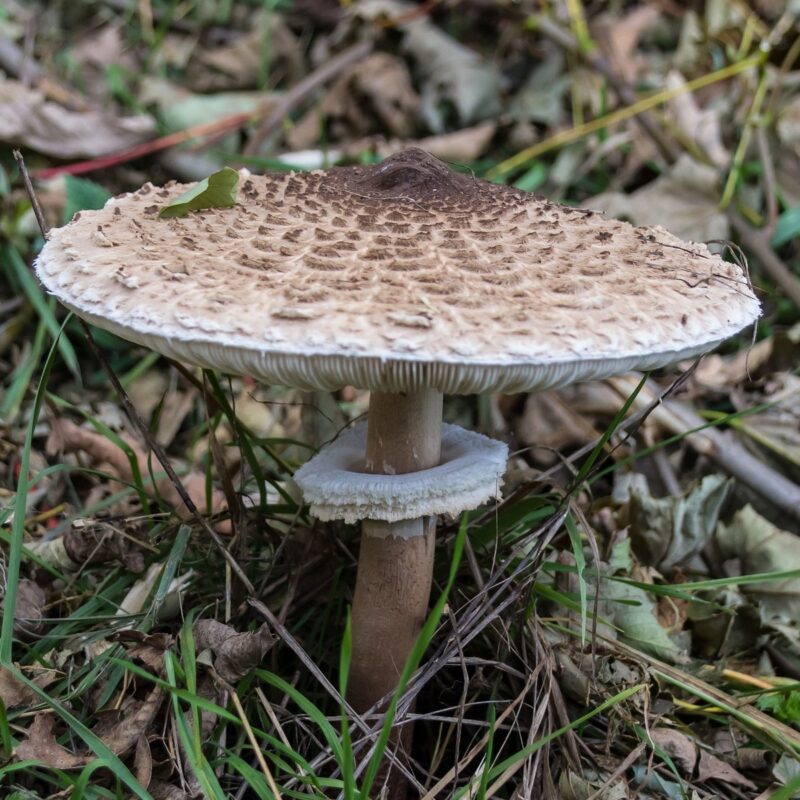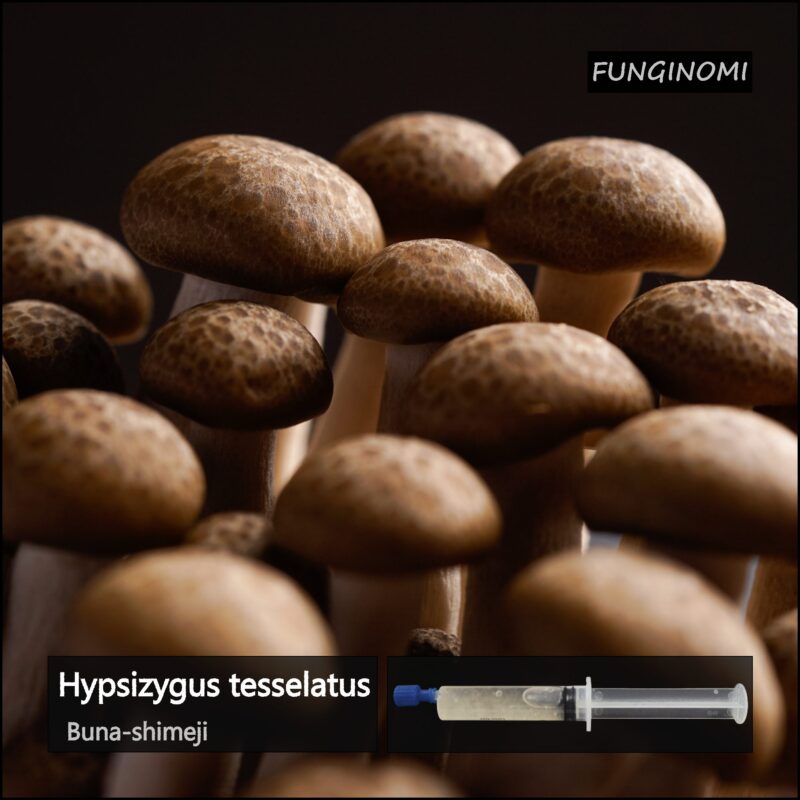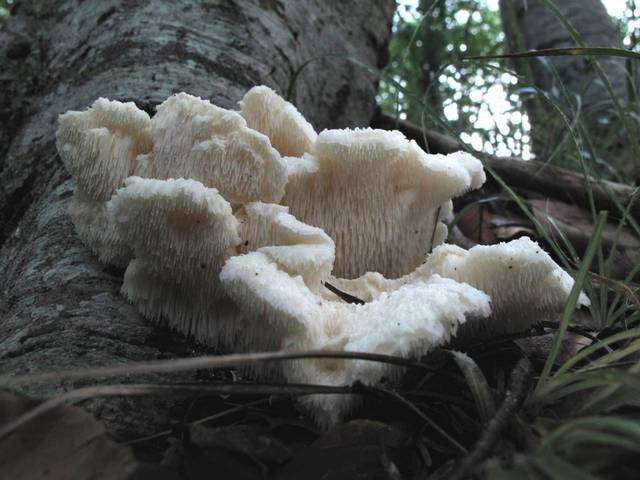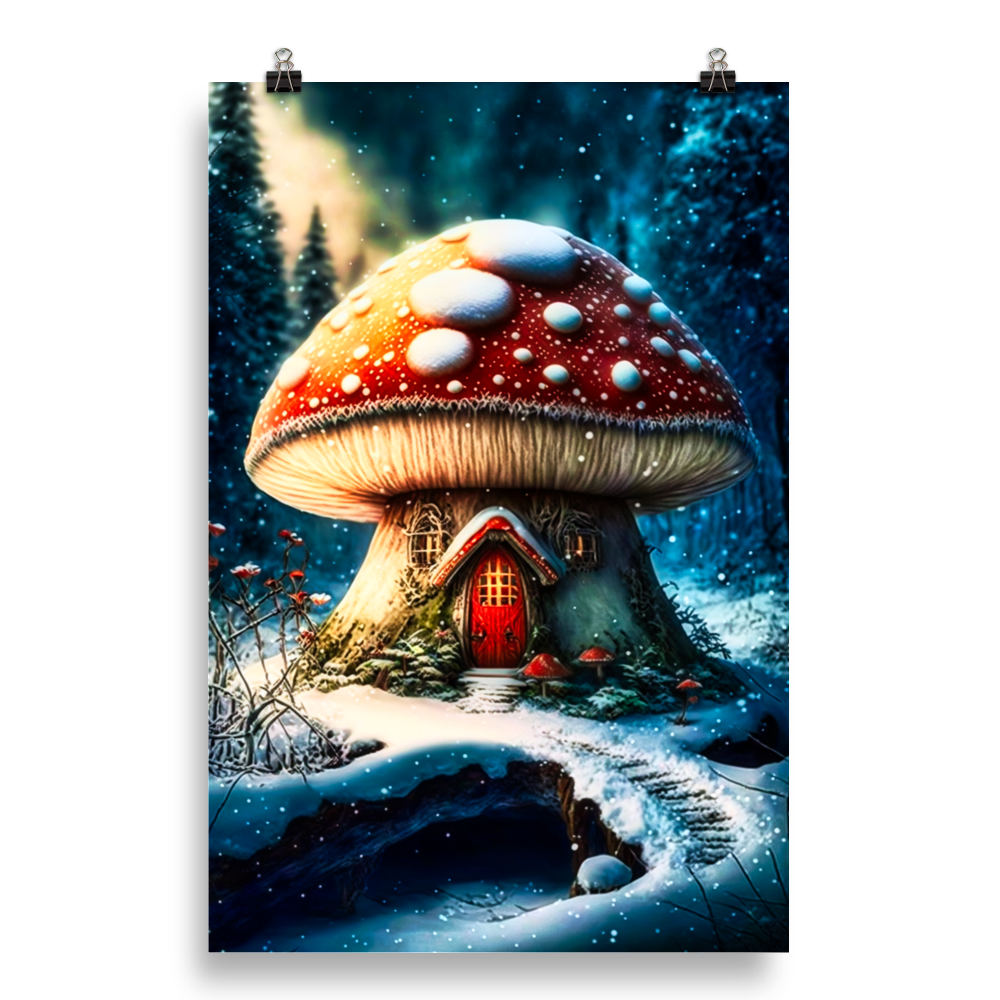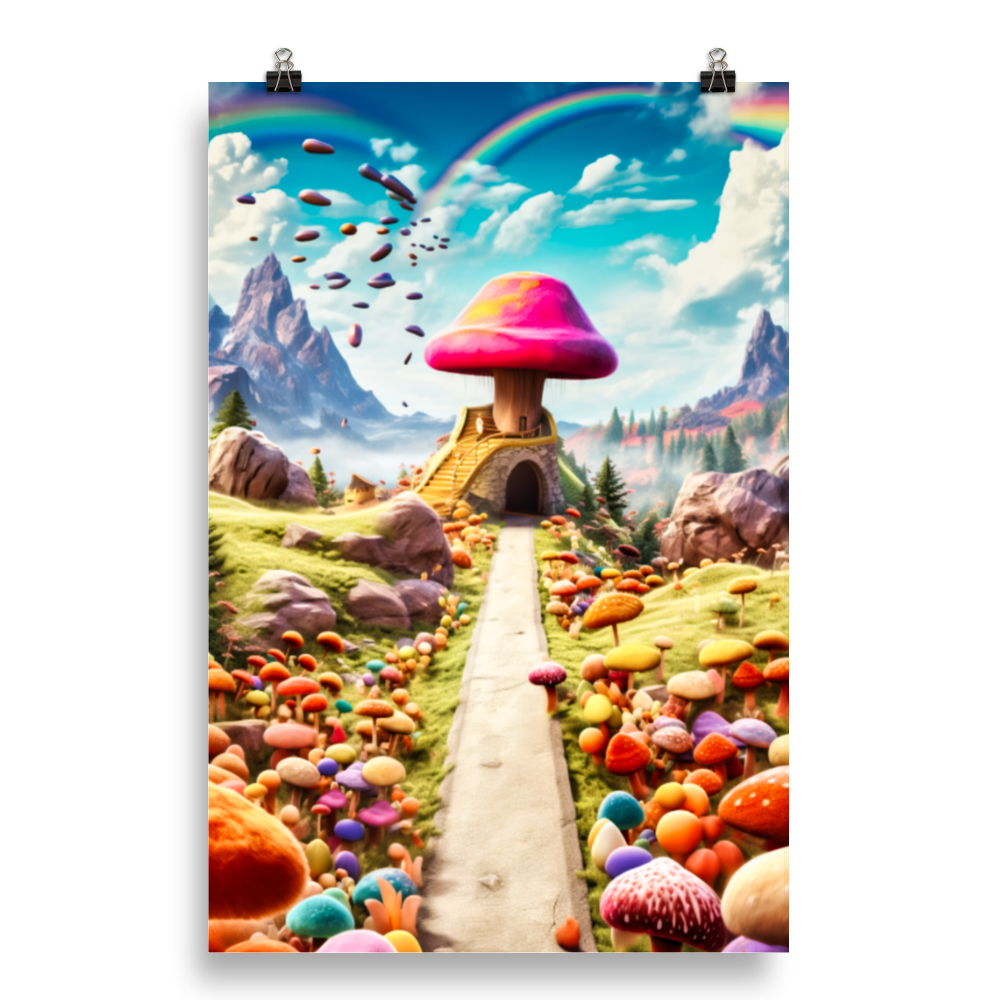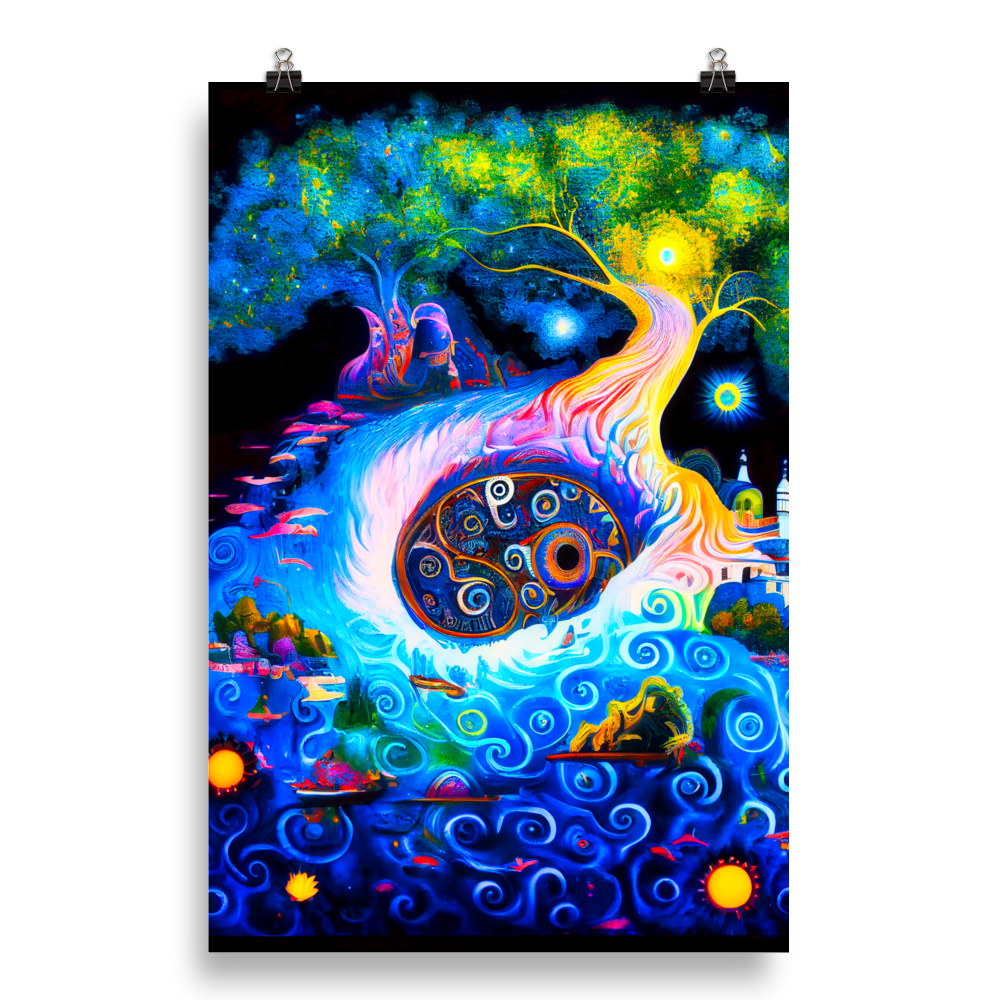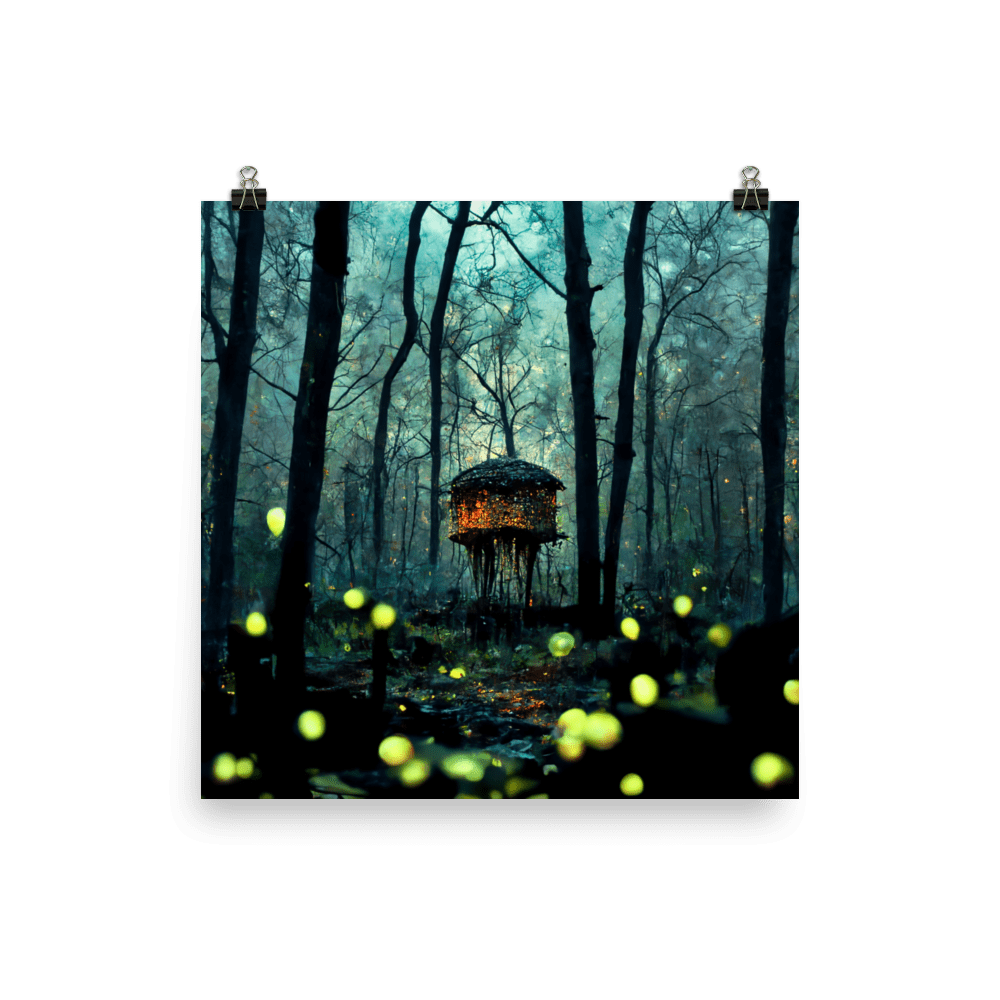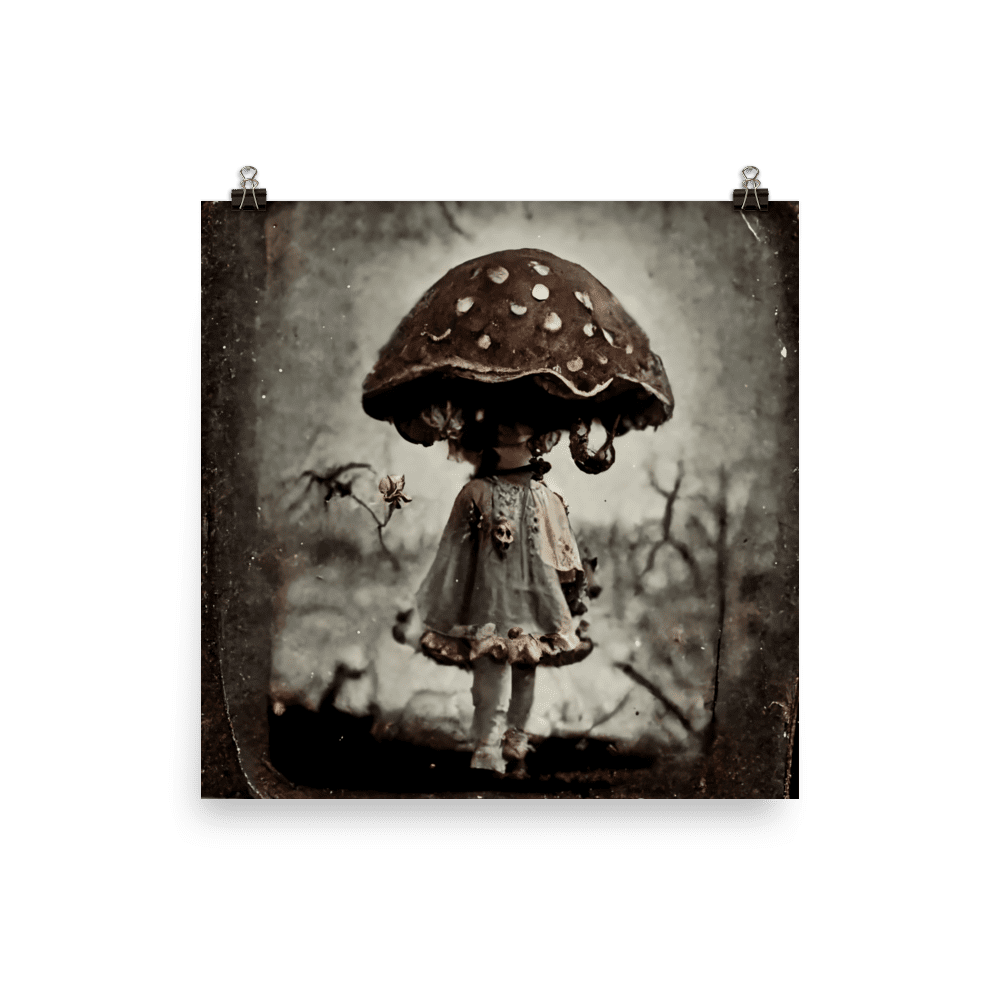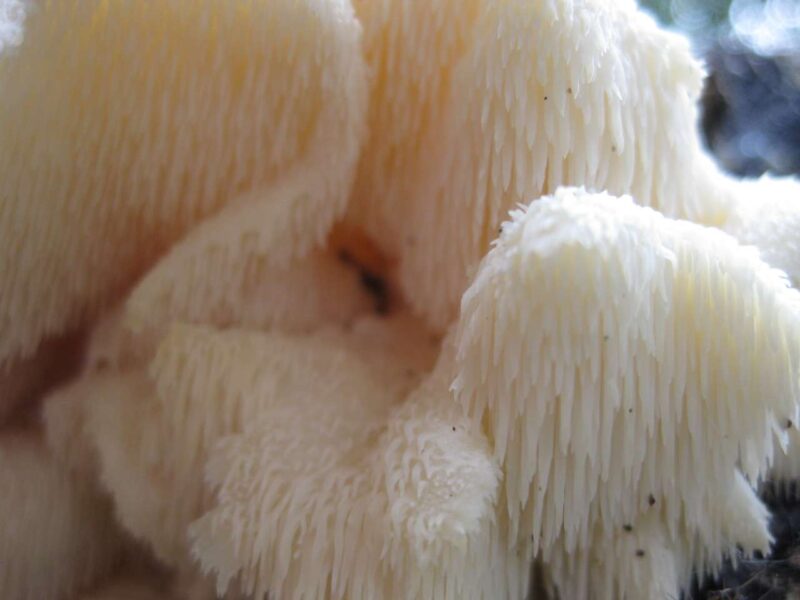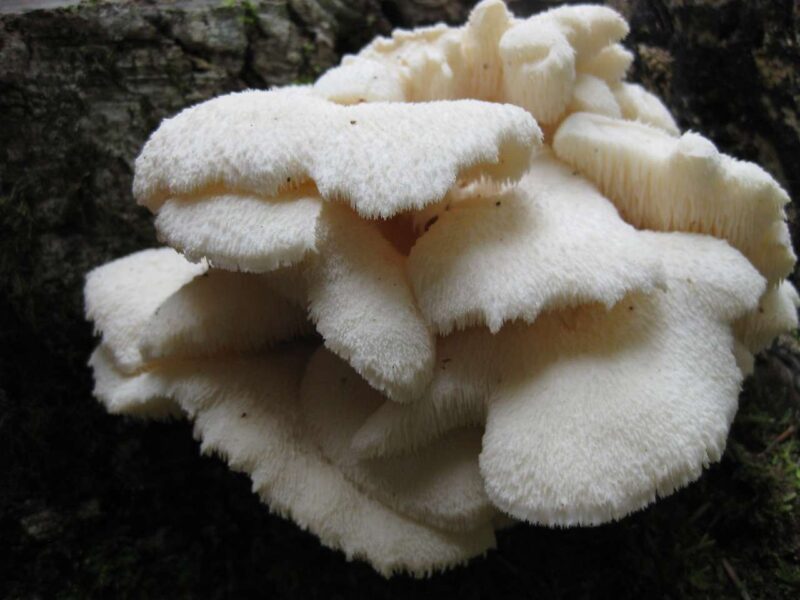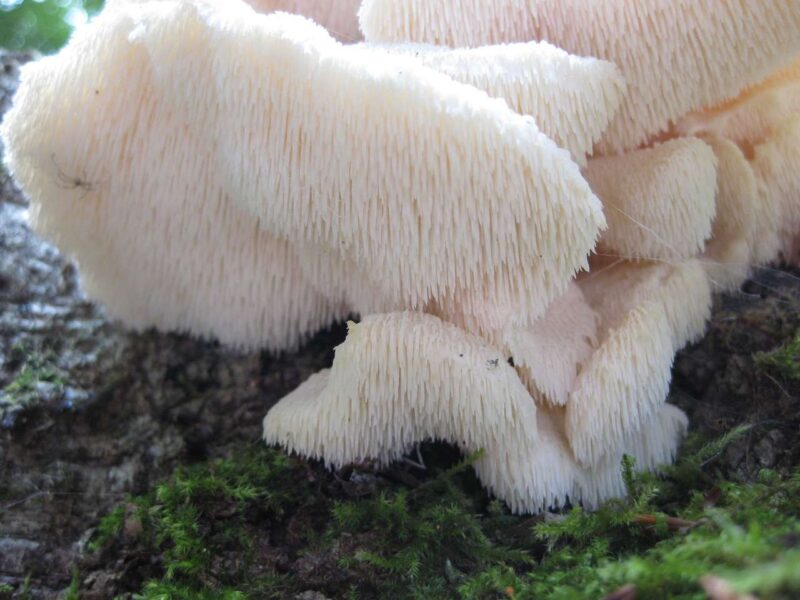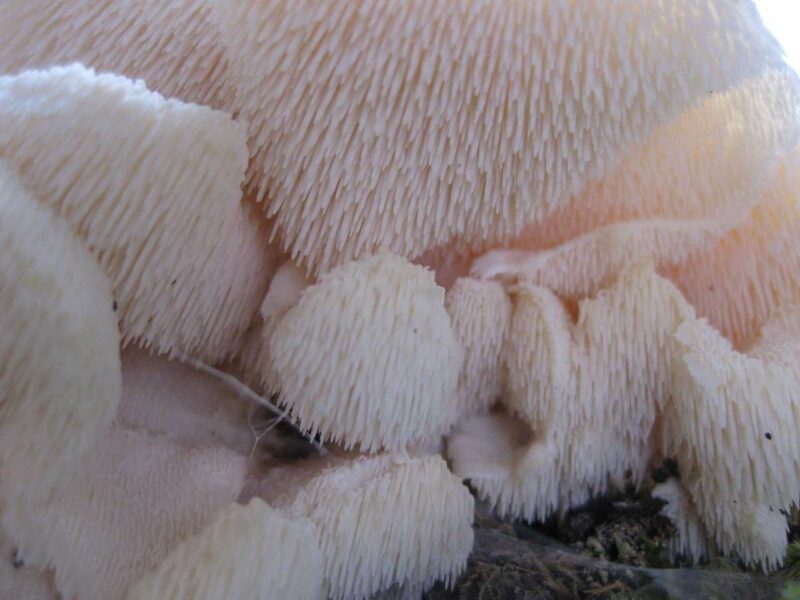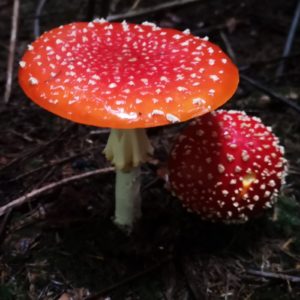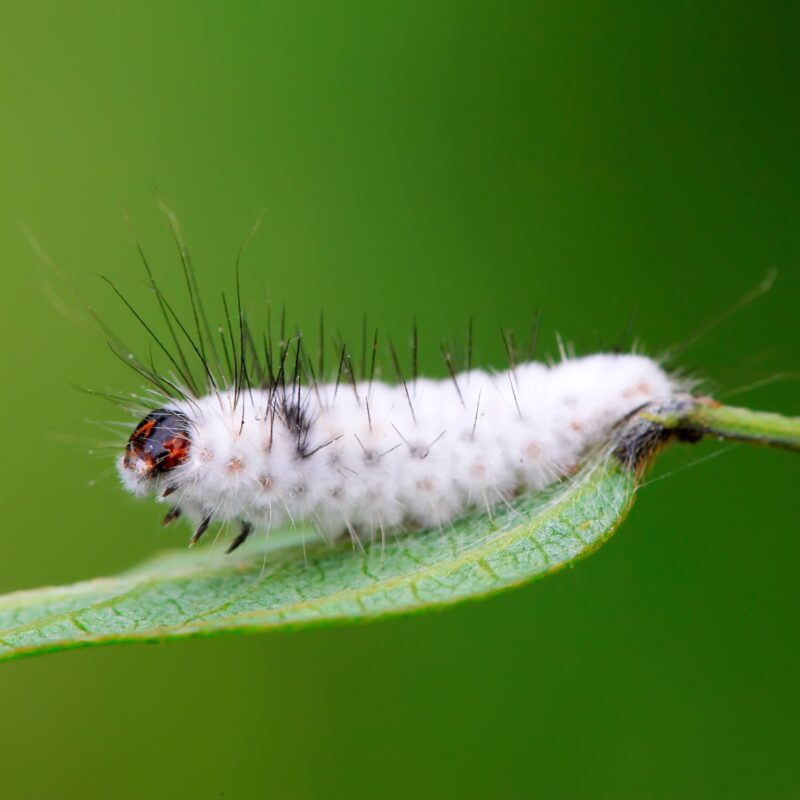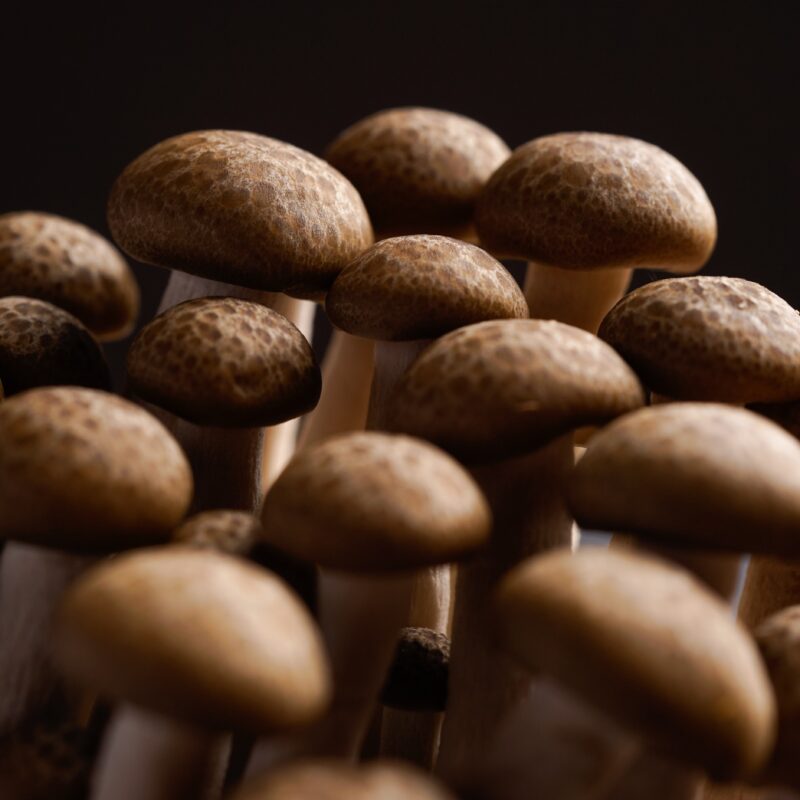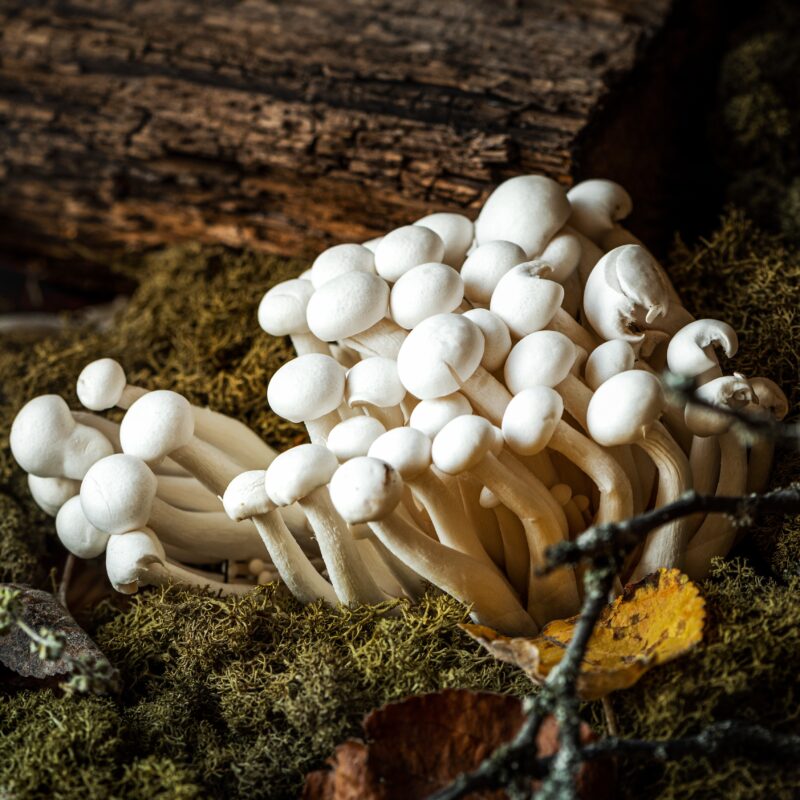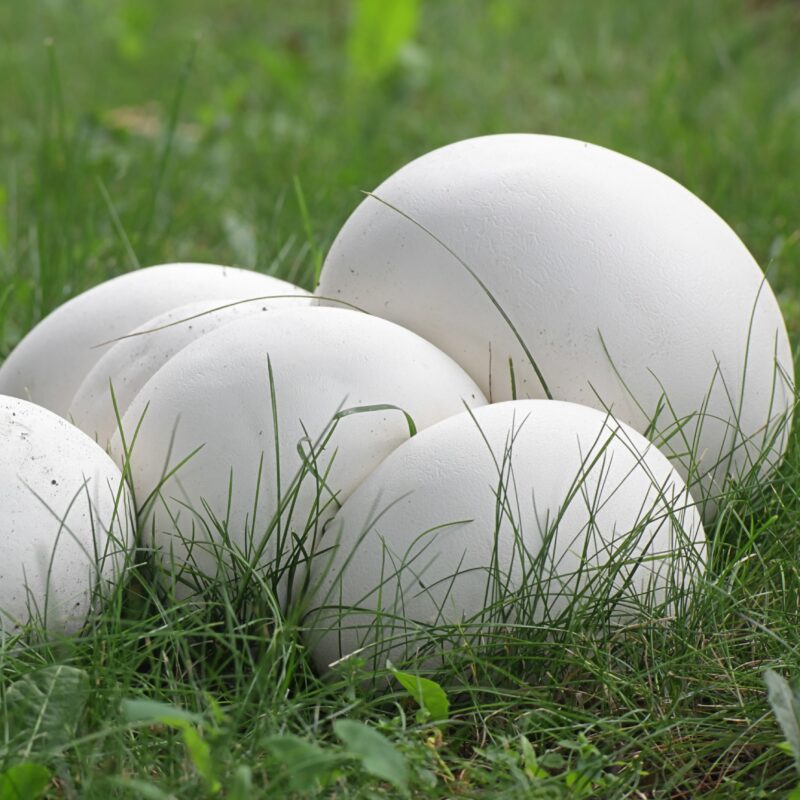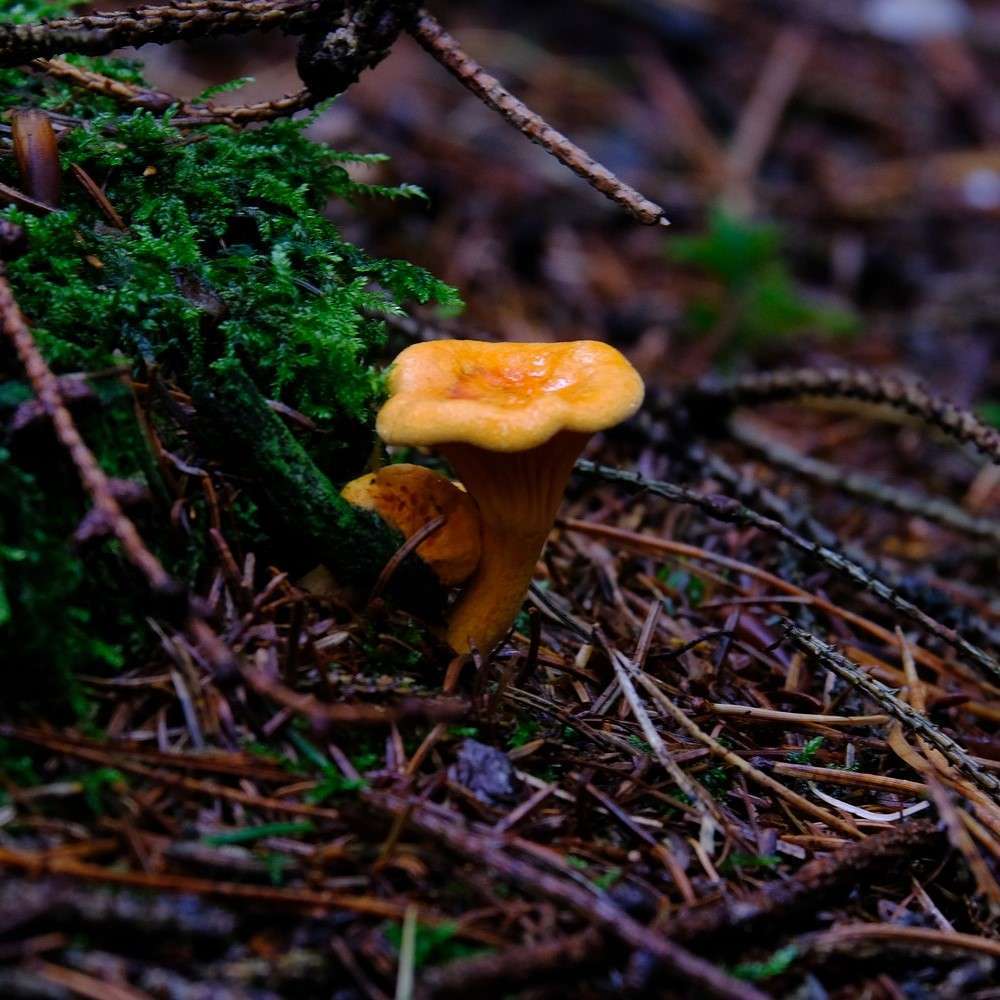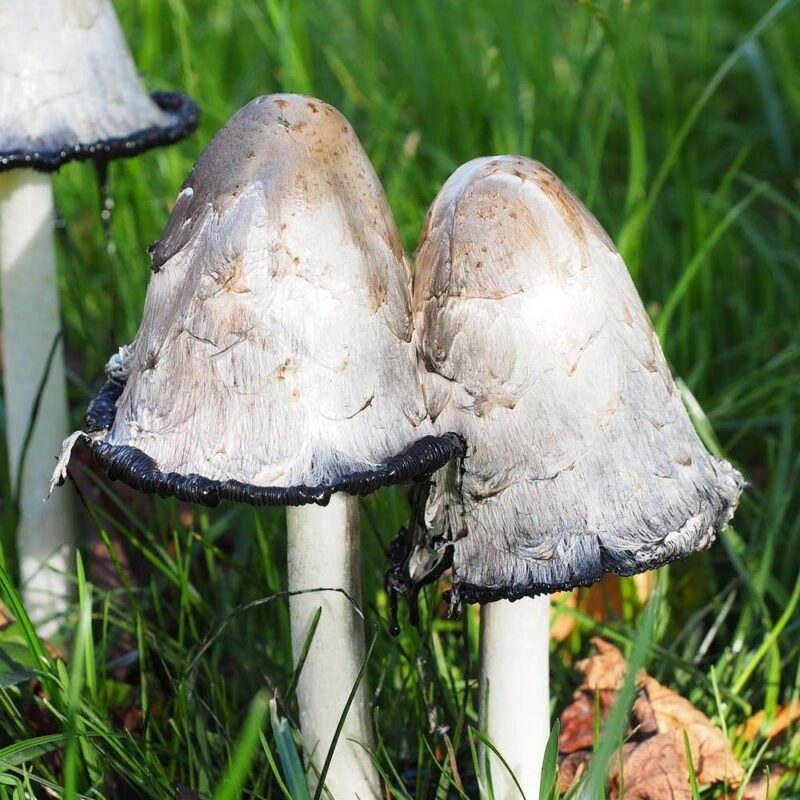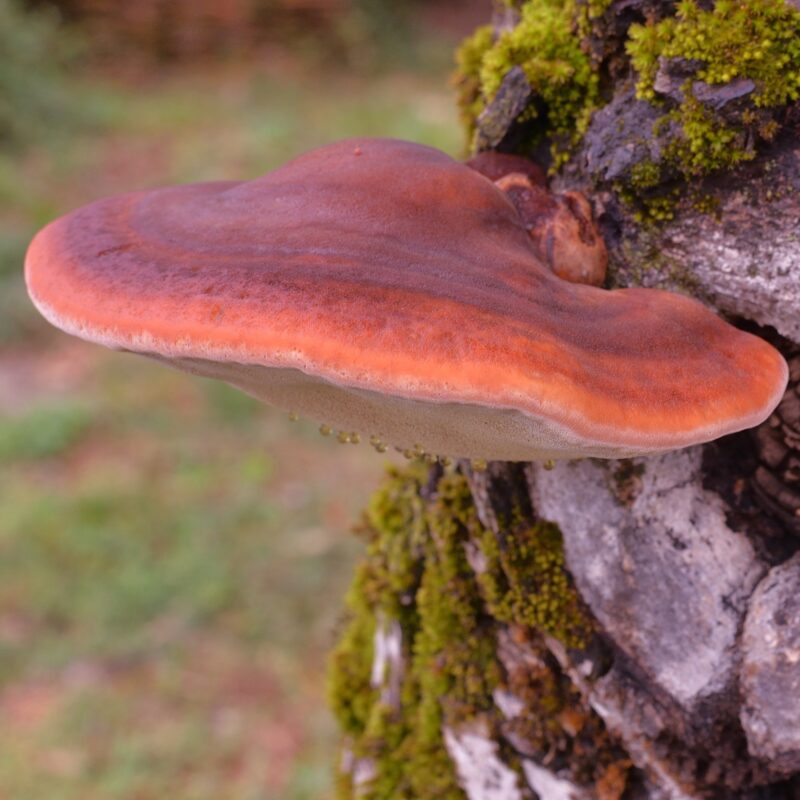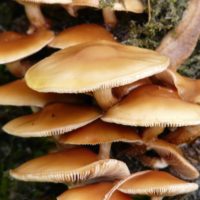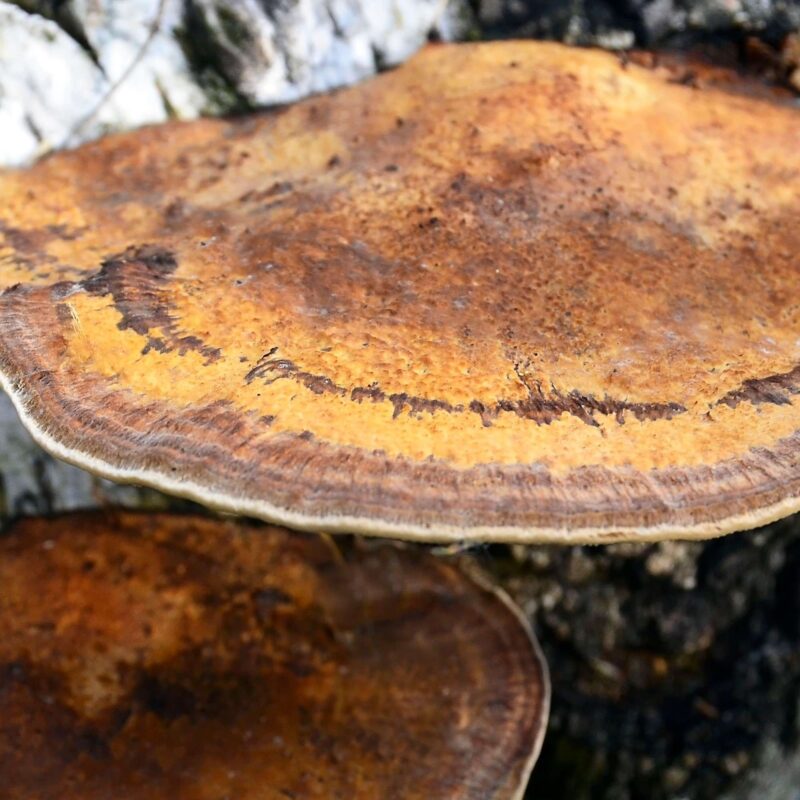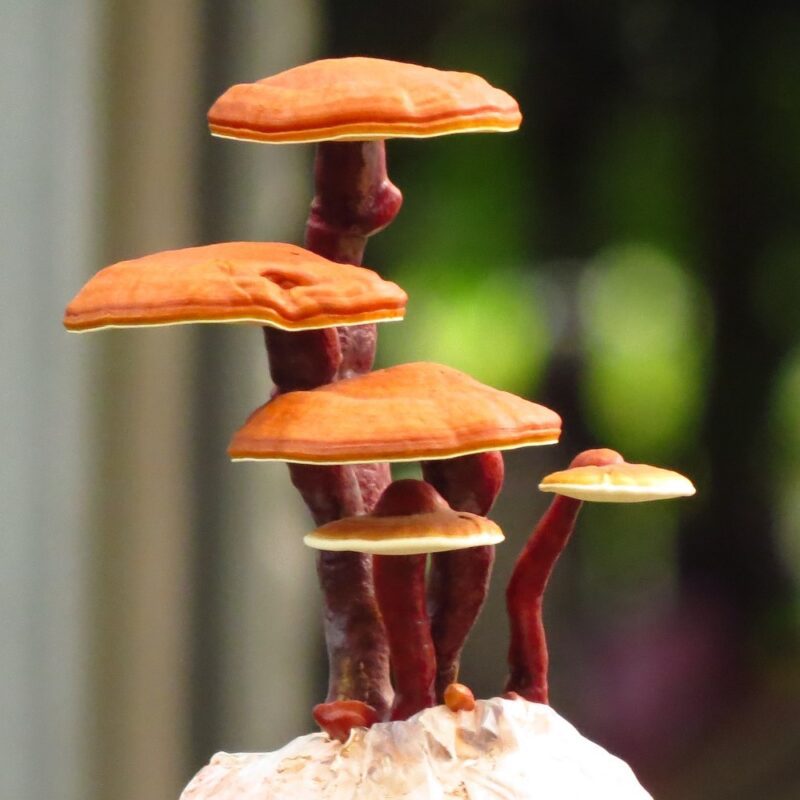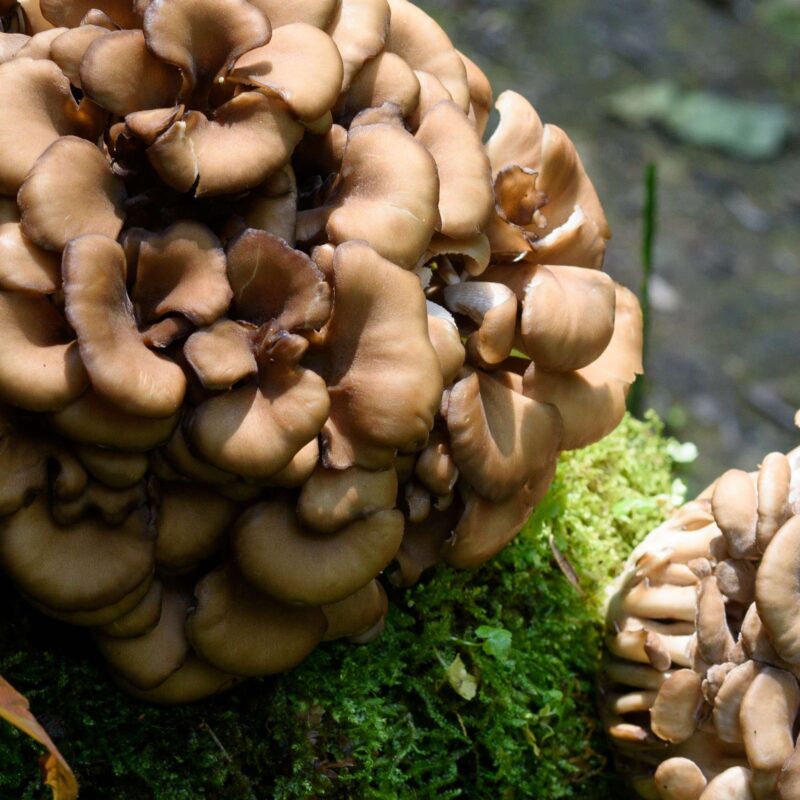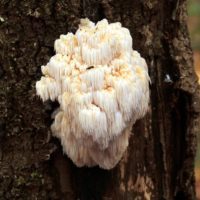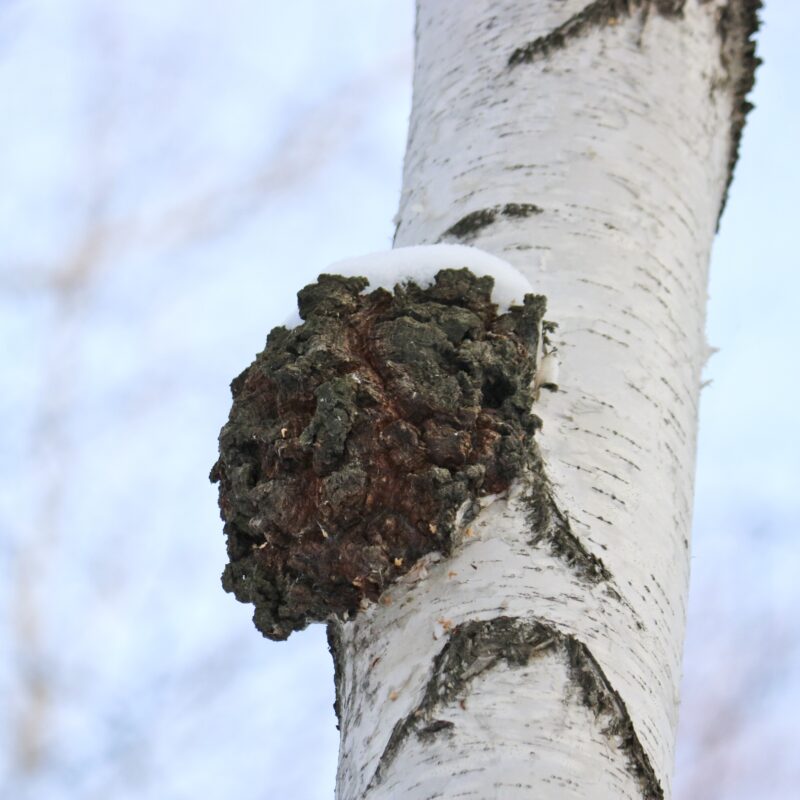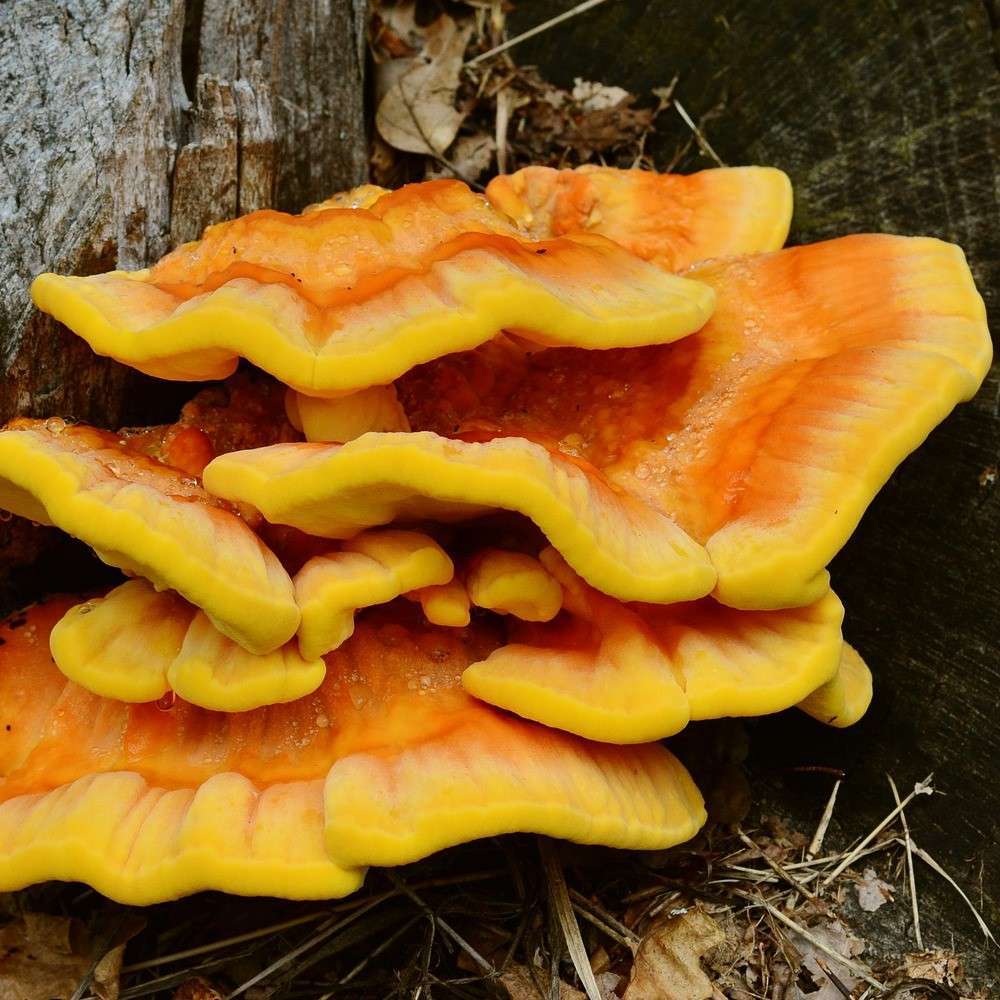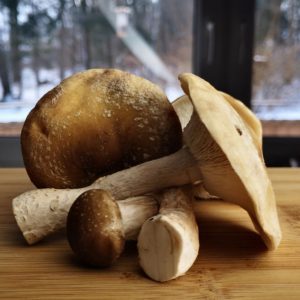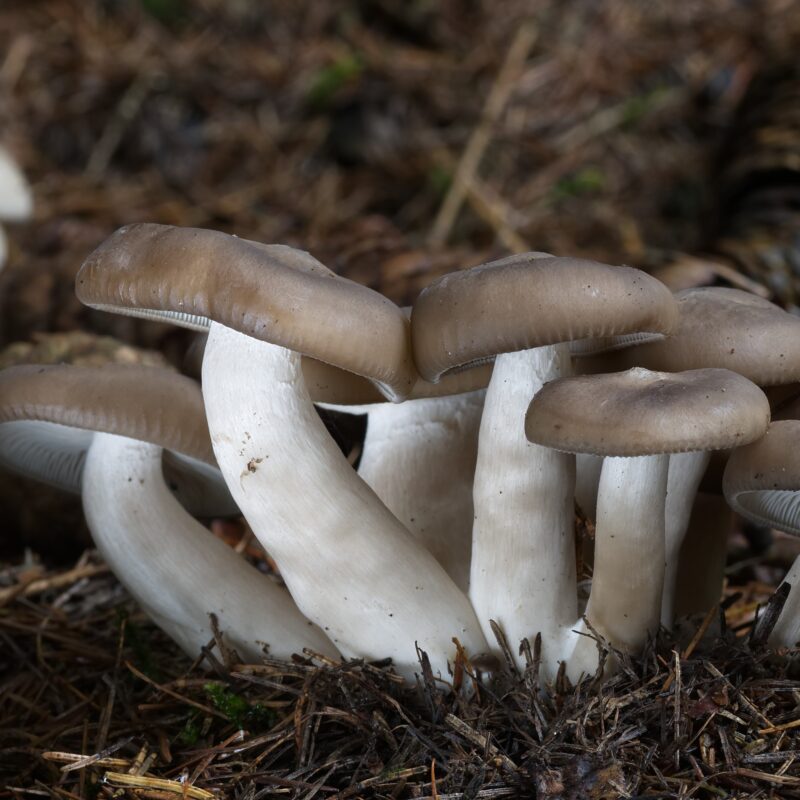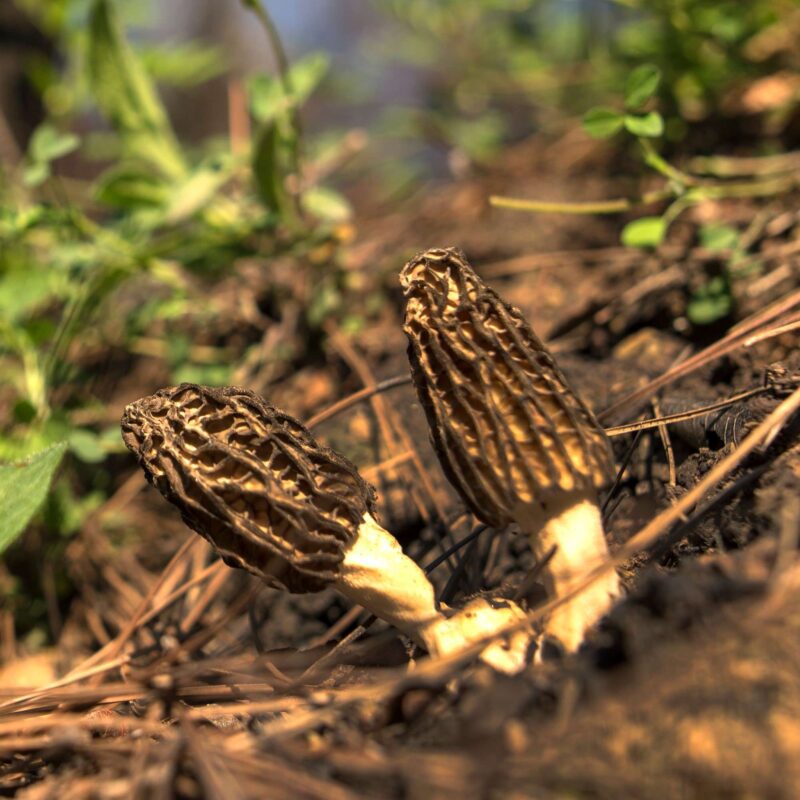Description
Properties
Hericium cirrhatum, Syn.: Creolophus cirrhatus is a species of fungus in the spiny beard family.
Hericium cirrhatum is edible when young. Due to its rarity (Red List G3), the species should be protected. A native mushroom, now rare and endangered, although common throughout Europe and North America.
1. Growing
Affiliate Partner
Growing Procedure
Good breeding success of Maitake is achieved on a standard recipe for wood decomposers. Especially important is the structure of the substrate, it must be loose-fluffy and can breathe well. Use not only very fine, but also medium-fine sawdust, preferably from beech.
Aim for only single fruiting bodies on the substrate, better leave the culture only a few fruiting windows, ideally only pinpricks in places where primordial growth is already visible, instead of exposing them over a large area.
Do not let Hericium cirrhatum sit too long on the substrate, such fruiting bodies often taste bitter. For this reason, a rapid course of culture is advantageous.
Growing
Agar Culture Media: MEA
Cropping:
Containers for fruiting: Logs, tree stumps, indoor growing bags, fallen trees
Biological efficience: –
Substrates: Rye Berries, grain mix, Hardwood
Growing Characteristics
Secondary decomposer, white rot trigger
S
|
P
|
F
|
|
|---|---|---|---|
Temp °C |
21-24 | 10-16 | 18-24 |
Relative Humidity % |
95-100 | 95-100 | 90-95 |
Duration d |
10-14 | 2-5 | 4-5 |
CO2 ppm |
>5000 | 500-1000 | 500-1000 |
FAE per h |
0-1 | 5-8 | 5-8 |
Light lux |
– | 500-1000 | 500-1000 |
Natural Habitat
Hericium cirrhatum grows from August to November on the rotten wood of dead deciduous trees. It occurs on copper beech, birch and oak trees. The saprophytic fungus produces white rot on its substrate.
Deciduous trees, dead wood, preferably beech, birch, late summer to winter, very rarely also from June onwards
2. Identification
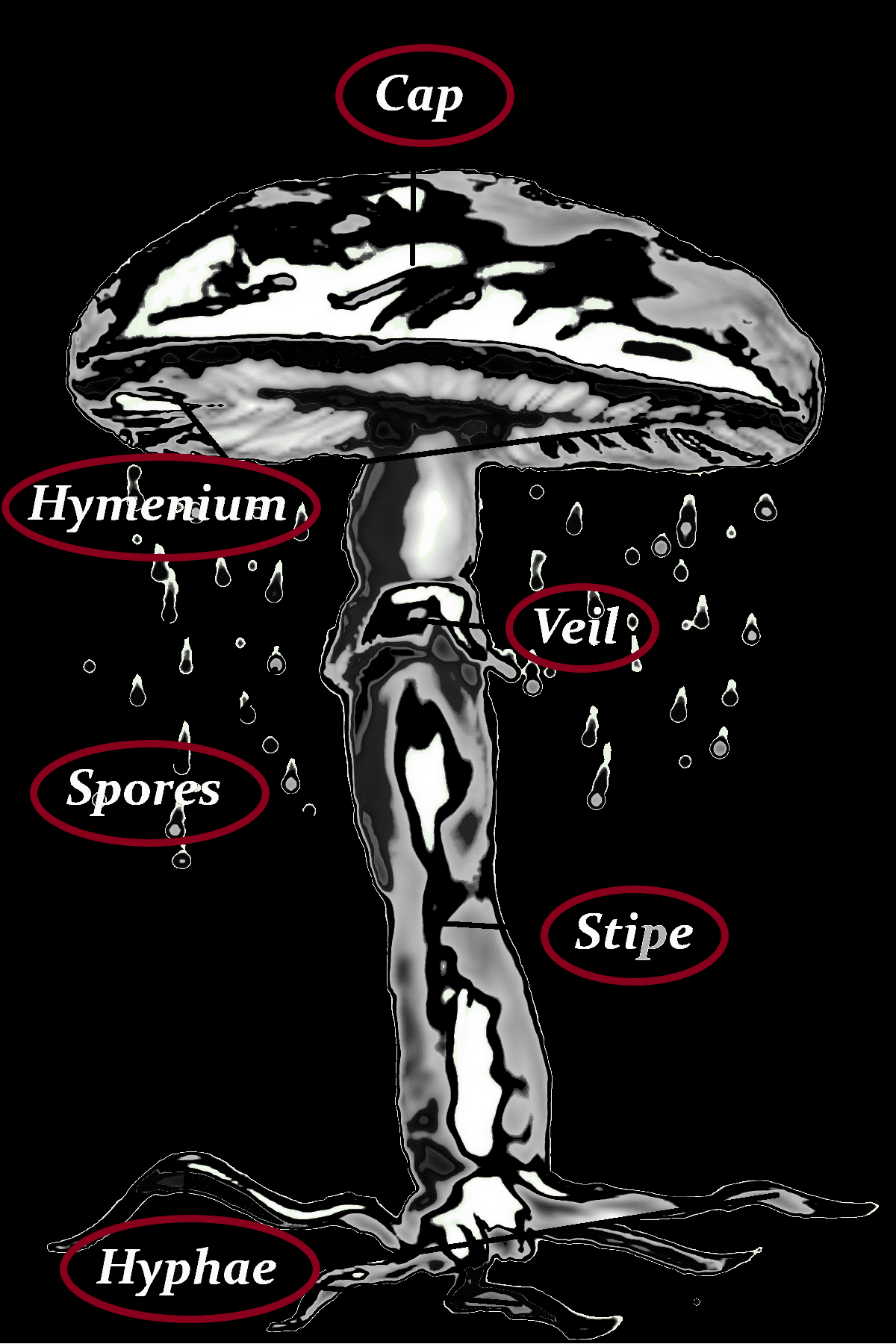
Cap
-5-20 (25) cm Ø
-white, later dirty yellow, orange, pink to discolored red
-formed by individual, mostly irregularly lobed, often bent or twisted caps
-branches whitish and yellowish downward
-departing from the common stem
Hymenium
–
Veil
–
Stipe
–
Hyphae
gloeocystidial
Spores
-white
-2.8-4.5 x 3-4.2 µm
-amyloid
-broadly ellipsoid to nearly spherical
-smooth
Danger of confusion
Nördlicher Stachelseitling, Tannenstachelbart, Igelstachelbart, Ästiger Stachelbart
3. Consuming
Gourmet
Hericium cirrhatum are considered very delicate when young, older specimens are occasionally described as bitter.
Flesh
whitish, yellowish, soft, tough when old, fleshy, brittle, yellowing when injured
Taste
mild
Smell
pleasant, similar to the sulfur porling
Nutritional content per 100g
| Proximates: | |
| Water | 88.6g |
| Energy (Atwater General Factors) | 43kcal |
| Energy (Atwater Specific Factors) | 35kcal |
| Nitrogen | 0.4g |
| Protein | 2.5g |
| Total lipid (fat) | 0.26g |
| Ash | 1.08g |
| Carbohydrates: | |
| Carbohydrate, by difference | 7.59g |
| Minerals: | |
| Calcium, Ca | <2.5mg |
| Iron, Fe | 0.69mg |
| Magnesium, Mg | 11.7mg |
| Phosphorus, P | 94mg |
| Potassium, K | 443mg |
| Sodium, Na | 0mg |
| Zinc, Zn | 0.74mg |
| Copper, Cu | 177mg |
| Manganese, Mn | 0.18mg |
| Selenium, Se | 1.8µg |
| Vitamins and Other Components: | |
| Thiamin | 146mg |
| Riboflavin | 363mg |
| Niacin | 1.63mg |
| Vitamin B-6 | 66mg |
| Biotin | 17µg |
| Folate, total | 30µg |
| Vitamin D (D2 + D3), International Units | 0.8IU |
| Vitamin D (D2 + D3) | 0.02µg |
| Vitamin D2 (ergocalciferol) | 0.02µg |
| Vitamin D4 | 0µg |
| Phytosterols: | |
| Stigmasterol | <0.2mg |
| Campesterol | <0.2mg |
| Beta-sitosterol | <0.2mg |
| Ergosta-7-enol | 2.52mg |
| Ergosta-5,7-dienol | 4.41mg |
| Ergosta-7,22-dienol | 819mg |
| Ergosterol | 68mg |
| Beta-sitostanol | <0.2mg |
| Delta-5-avenasterol | <0.2mg |
| Delta-7-Stigmastenol | <0.2mg |
| Amino acids: | |
| Ergothioneine | 17mg |
© U.S. Department Of Agriculture
4. Data med, edible
other names
| Deutsch |
Dorniger Stachelbart
|
| Dänisch |
Børstepigsvamp
|
| Englisch |
Tiered tooth fungus
|
| Finnisch | tupasorakas |
| Niederländisch |
Gelobde pruikzwam
|
| Norwegisch |
børstepiggsopp
|
| Russisch |
Ежовик усиковый
|
| Schwedisch |
gyttrad taggsvamp
|
| Tschechisch |
ježatec různozubý
|
| Ungarisch |
Tüskés sörénygomba
|
| Wissenschaftl. Name |
Creolophus cirrhatus
|
| Wissenschaftl. Name |
Hericium cirrhatum
|
| Wissenschaftl. Name |
Hydnum paradoxum
|
| Русский |
Гериций кудрявый
|
other names
Hericium Cirrhatum, Creolophus Cirrhatus, Creolophus Cirratus, Dorniger Stachelbart, Dorniger Stachelseitling
| Kingdom | Fungi |
|---|
| Division | Basidiomycota |
| Class | Agaricomycetes |
| Order | Russulales |
| Family | Hericiaceae |
| Genus | Hericium |
| Species | H. cirrhatum |
| Ecology | Saphrotrophic |



